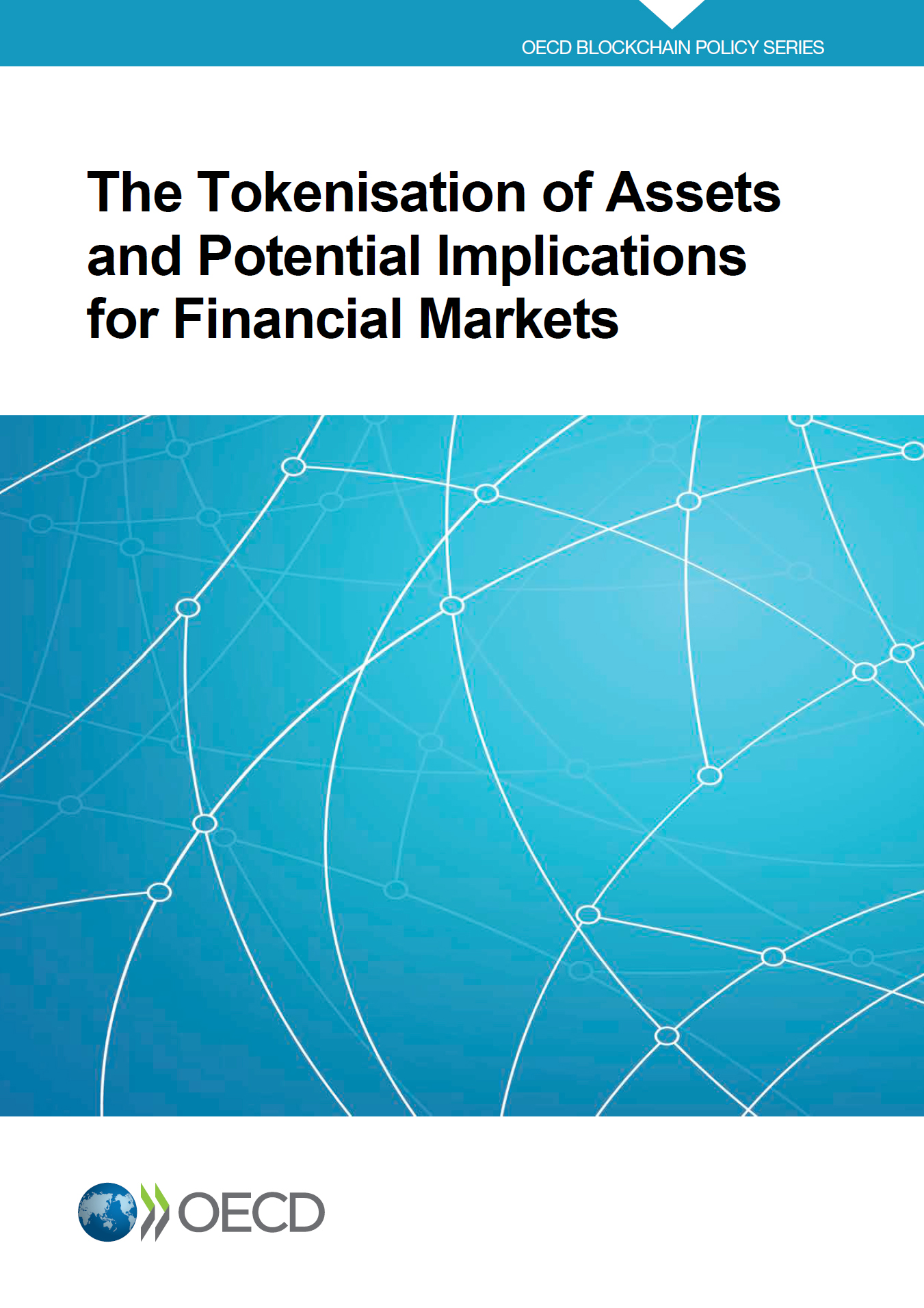OECD report on asset tokenization
Mt Pelerin's MPS token used as reference example of equity tokenisation
February 13th 2020
Download Full ReportThe Organisation for Economic Co-operation and Development (OECD) has published a comprehensive report explaining the tokenisation of assets and exploring its implications for both the financial markets and the regulators.
In this report, Mt Pelerin and the MPS token are used as a reference example for the use case of equity tokenisation, a fact that is extremely validating for the way we have implemented the technical, legal and compliance aspects of our shareholding's tokenisation.
The report writes:
“Mt Pelerin Group SA ("Mt Pelerin") was the first company that tokenised all its shareholding in compliance with the Swiss regulatory framework, tokenising all of its issued shares (issued as uncertificated securities) on the blockchain in the form of Ethereum tokens (ERC20 compatible).
Mt Pelerin tokenised its shares by applying the CMTA tokenisation blueprint (CMTA, 2018), with certain adaptations from the published blueprint documentation to Mt Pelerin's specific transaction. Initially, all of the shares in Mt Pelerin, issued as uncertificated securities (i.e. book-entry securities), were tokenised and recorded in the name of the original shareholder of Mt Pelerin in the form of "MPS tokens" on the Ethereum blockchain, out of which up to 5% of the equity were offered for sale to the public, by way of a public offering of equity securities in Switzerland and on a private placement basis in selected foreign jurisdictions, in compliance with local selling restrictions. Purchasers were required to undergo full AML/KYC identification and were individually registered in the shareholder's register of Mt Pelerin as shareholders upon completion of the sale. Indeed, despite the tokenisation of the shares, Mt Pelerin is required to maintain a private shareholders' register, which is not replaced by the blockchain, even though the tokenisation allows to simplify and digitalise many of the corporate processes, from the registration of share transfers and shareholder identification, to certain corporate actions.
The MPS tokens are freely transferable, but in order for a new acquirer to exercise any of a shareholder's social (e.g., voting) or financial (e.g., dividends) rights attaching to the Mt Pelerin shares, the acquirer must apply to the issuer for registration on the shareholders' register, which includes a full AML/KYC identification process in accordance with applicable corporate documentation of Mt Pelerin.
On the technology side, the Mt Pelerin tokenised shares are more that ERC-20 tokens and are in particular enhanced by the implementation of the Bridge protocol features. Bridge is an open source technology developed by Mt Pelerin to provide a standardised framework for financial tokenisation. Designed in Switzerland according to the CMTA standards, it works as a layer on top of any Ethereum-compatible blockchain network and deals with the issuance and application of compliance over the entire lifecycle of tokens, in particular tokenised equity securities. In essence, the Bridge protocol allows the issuer to create rules that are attached to one or several tokens and define how those may be transferred. The application of these rules is monitored and enforced by a rules engine, which operates on multiple dimensions (tokens, persons, time). With this framework, issuers can define legally robust frameworks of operations for their tokens' primary and secondary markets, and are able to implement and adapts compliance requirements in an evolving legal and regulatory landscape, including selling and transfer restrictions based on AML/KYC and sanctions controls, blocking periods, MiFID II, etc. With its features, Bridge is an advanced tool for issuers to replicate on chain the regulation of virtually any jurisdiction, and guarantee the enforcement of a consolidated compliance in the issuance and trading of tokenised securities.
Mt Pelerin is working towards creating a bank built on a new kind of core banking system leveraging smart contracts and tokenisation to represent assets digitally, and already offers tokenisation, AML/KYC and other technology and compliance services to third parties today.
”
The Blueprint for the tokenisation of shares of Swiss corporations published by the Capital Markets and Technology Association (CMTA) is also extensively cited as a reference standardisation effort for equity tokenisation.
Another encouraging finding of the OECD's report is the opinion that a centralized custodian will most likely be needed to build a viable tokenized financial ecosystem:
“Despite its potential for disintermediation at many levels, tokenisation of assets will ultimately depend on the existence of a trusted and credible central authority that will guarantee the backing of tokens issued by the real assets, as well as hold such assets in custody. This could imply a potential central role for a third party trusted authority, such as custodians29, who may be called to act as the trusted party that will guarantee the connection of the off-chain world to the distributed ledger environment.
”
That opinion goes in the same direction as what we are building at Mt Pelerin, namely a centralized custodial entity regulated in the most robust way: as a full reserve Swiss financial institution, to provide the best and smoothest bridge possible between the off-chain and on-chain worlds.



